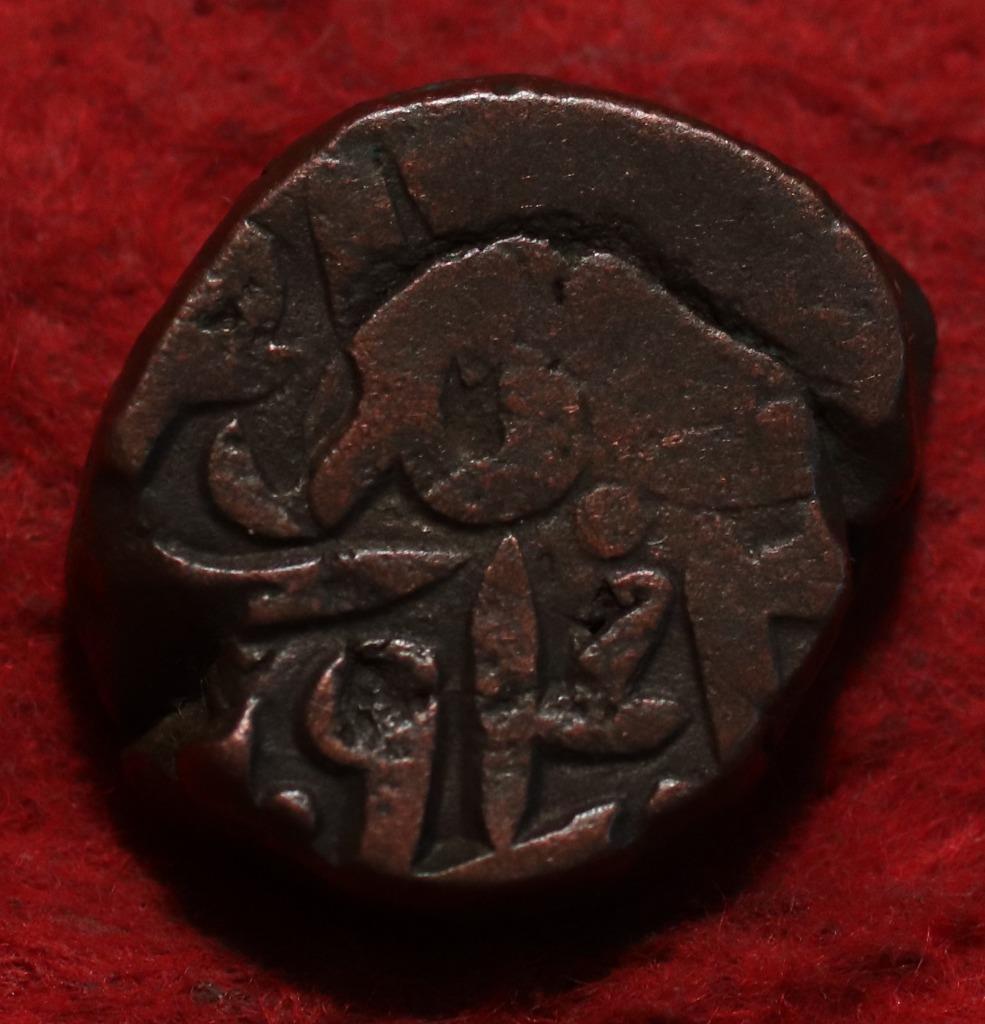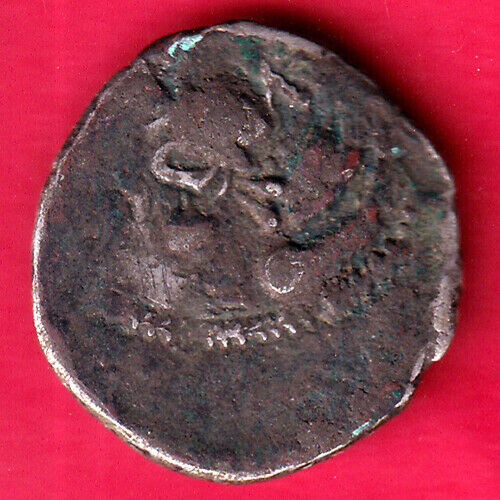-40%
CELTIC TRIBE of EASTERN Europe 200-100BC Ancient Silver Greek -Like Coin i57626
$ 100.98
- Description
- Size Guide
Description
Item:i57626
Authentic Ancient Coin of:
Celtic Tribe of Eastern Europe
Silver 16mm (2.43 grams)
circa 200-100 B.C.
Head of female right.
Cista with serpent peering out.
* Numismatic Note: The Celtic peoples would issue their own versions of the coins of their neighbors, such as the Greeks which have their own unique style to behold. Quality ancient Celtic coin.
You can see the Celtic style showing on this coin along with the blundered Greek legend.
You are bidding on the exact item pictured, provided with a Certificate of Authenticity and Lifetime Guarantee of Authenticity.
<="" span="">
The Celts
(pronounced
/ˈkɛlts/
or /ˈsɛlts/, see
Celtic
pronunciation of
) were a diverse group of
tribal societies
in
Iron Age
and
Roman-era
Europe
who spoke
Celtic languages
.
Diachronic distribution of Celtic peoples:
core Hallstatt territory, by the 6th century BC
maximal Celtic expansion, by 275 BC
Lusitanian area of Iberia where Celtic presence is uncertain
the "six Celtic nations" which retained significant numbers of Celtic speakers into the Early Modern period
areas where Celtic languages remain widely spoken today
The earliest archaeological culture commonly accepted as Celtic, or rather
Proto-Celtic
, was the
central European
Hallstatt culture
(c. 800-450 BC), named for the rich grave finds in
Hallstatt
, Austria. By the later
La Tène
period (c. 450 BC up to the Roman conquest), this Celtic culture had expanded over a wide range of regions, whether by
diffusion
or
migration
: to the
British Isles
(
Insular Celts
), the
Iberian Peninsula
(
Celtiberians
,
Celtici
and
Gallaeci
), much of
Central Europe
, (
Gauls
) and following the
Gallic invasion of the Balkans
in 279 BC as far east as central
Anatolia
(
Galatians
).
The earliest directly attested examples of a Celtic language are the
Lepontic
inscriptions, beginning from the 6th century BC.
Continental Celtic languages
are attested only in inscriptions and place-names.
Insular Celtic
is attested from about the 4th century AD in
ogham inscriptions
, although it is clearly much earlier. Literary tradition begins with
Old Irish
from about the 8th century. Coherent texts of
Early Irish literature
, such as the
Táin Bó Cúailnge
(
The Cattle Raid of Cooley
), survive in 12th-century recensions. According to the theory of
John T. Koch
and others, the
Tartessian language
may have been the earliest directly attested Celtic language with the Tartessian written script used in the inscriptions based on a version of a Phoenician script in use around 825 BC.
By mid 1st millennium AD, following the expansion of the
Roman Empire
and the
Great Migrations
(
Migration Period
) of
Germanic peoples
, Celtic culture and
Insular Celtic
had become restricted to
Ireland
and to the western and northern parts of
Great Britain
(
Wales
,
Scotland
,
Cornwall
and the
Isle of Man
) and northern
France
(
Brittany
). The
Continental Celtic languages
ceased to be widely used by the 6th century.
Insular Celtic culture diversified into that of the
Gaels
(
Irish
,
Scottish
and
Manx
), the
Brythonic
Celts (
Welsh
,
Cornish
, and
Bretons
) of the medieval and modern periods. A modern "
Celtic identity
" was constructed in the context of the Romanticist
Celtic Revival
in Great Britain (Wales, Scotland, Cornwall and the Isle of Man) and Ireland. In France a similar revival of
Breton
is taking place in
Brittany
.
Frequently Asked Questions
How long until my order is shipped?
Depending on the volume of sales, it may take up to 5 business days for shipment of your order after the receipt of payment.
How will I know when the order was shipped?
After your order has shipped, you will be left positive feedback, and that date should be used as a basis of estimating an arrival date.
After you shipped the order, how long will the mail take?
USPS First Class mail takes about 3-5 business days to arrive in the U.S., international shipping times cannot be estimated as they vary from country to country. I am not responsible for any USPS delivery delays, especially for an international package.
What is a certificate of authenticity and what guarantees do you give that the item is authentic?
Each of the items sold here, is provided with a Certificate of Authenticity, and a Lifetime Guarantee of Authenticity, issued by a world-renowned numismatic and antique expert that has identified over 10000 ancient coins and has provided them with the same guarantee. You will be quite happy with what you get with the COA; a professional presentation of the coin, with all of the relevant information and a picture of the coin you saw in the listing.
Compared to other certification companies, the certificate of authenticity is a -50 value. So buy a coin today and own a piece of history, guaranteed.
Is there a money back guarantee?
I offer a 30 day unconditional money back guarantee. I stand behind my coins and would be willing to exchange your order for either store credit towards other coins, or refund, minus shipping expenses, within 30 days from the receipt of your order. My goal is to have the returning customers for a lifetime, and I am so sure in my coins, their authenticity, numismatic value and beauty, I can offer such a guarantee.
Is there a number I can call you with questions about my order?
You can contact me directly via ask seller a question and request my telephone number, or go to my About Me Page to get my contact information only in regards to items purchased on eBay.
When should I leave feedback?
Once you receive your order, please leave a positive. Please don't leave any negative feedbacks, as it happens many times that people rush to leave feedback before letting sufficient time for the order to arrive. Also, if you sent an email, make sure to check for my reply in your messages before claiming that you didn't receive a response. The matter of fact is that any issues can be resolved, as reputation is most important to me. My goal is to provide superior products and quality of service.











